Dr. Ulrich Leisinger, Director of the Research Department of the International Mozarteum Foundation in Salzburg, Austria, discovered the pieces.
“We believe the two pieces were composed to be performed at a concert during the grand Mozart family tour through Western Europe between 1763 and 1766. But we are confident they were created before the family arrived in London in 1764,” Dr. Leisinger told The Epoch Times.
The two pieces—a fragmentary prelude in G and a concerto movement in G—are viewed as a connection between the composer’s early period and his mature works which included sonatas, symphonies, and concertos. They also demonstrate his skills as a musician.
“The concerto movement is possibly Mozart’s first ‘great’ piece. It is almost five minutes long and forms an important link between Mozart’s very first compositions—miniature movements in the Nannerl music book—and the greater forms of instrumental music such as symphony, sonata, or concerto,” said Dr. Leisinger.
Watch NTDTV report on “Two New Works by Wolfgang Amadeus Mozart.”
[youtube]GFZFShOEupE&feature=fvw[/youtube]
What Put the Two Pieces’ Anonymity under Suspicion?
“The two pieces have been in the possession of the Mozarteum Foundation since 1864. But they were published as anonymous works for the first time in 1982 as part of the “Neue Mozart Ausgabe” (“New Mozart Edition”).
“As we were preparing a complete facsimile of ‘Nannerl’s Music Book,’ we had to check carefully every single piece and identify who its copyist and who the composer was.”
Dr. Leisinger noticed something interesting about the concerto movement—namely, it was a highly demanding technical piece, unlike any in the Salzburg classical collection from the 18th century.
As little Wolfgang was not yet versed in musical notation, he usually played at the keyboard while his father Leopold transcribed the music. Evidence for this—Leopold wrote Wolfgang’s name on some of the pieces to show he was the composer. But not on all of them.
“Although Leopold himself was a versatile composer, he can be ruled out as author of this piece on the basis of stylistic [issues] and handwriting analysis; there are obvious discrepancies between the technical virtuosity and a certain lack of compositional experience.”
According to the Mozarteum Foundation, the composer of the concerto is without question. Harvard professor and world-renowned pianist Robert D. Levin confirms it: “From contemporary reports we merely knew that the Mozart children possessed stupendous keyboard technique. In this concerto movement we have for the first time concrete evidence of it. What the composer expects of the player [such as] racing passage work, crossed hands, and wild leaps is more than a bit crazy. I consider it quite credible that the movement was composed by the young Mozart, who wished to show in it everything he could do.”
Dr. Leisinger and the Mozarteum Foundation Promote Mozart’s Music
The Mozarteum Foundation plays an important role. It is responsible for the “New Mozart Edition,” which includes the complete works of Mozart and has been worked on since 1954.
Dr. Ulrich Leisinger came to Salzburg in 2005. He is a musicologist by profession and graduated from the universities of Freiburg and Heidelberg. Between 1991 and 1993 he served a post-doctorate at Harvard University. Later he served as a visiting professor at Cornell University for 2004-2005.
His love for Mozart, though, started when he was 14 years old.
“I started reading Mozart biographies and memorizing the catalogue of his works, so we have a long-term relationship.”
In addition to the discovery Dr. Leisinger made himself, he has witnessed two other discoveries of Mozart’s compositions.
“The first one was the finding of an unknown Allegro in a music book acquired in 2006 by the Archdiocese of Salzburg. Later, the so-called ‘Nantes sketch-leaf’ was revealed in France in the fall of 2008.”
Dr. Leisinger is looking forward to new discoveries: “The ‘Nannerl’ book contains a ’suspicious’ polonaise in F major which is too short [for one] to come to conclusive results.”
As for the two pieces Dr. Leisinger recently discovered, they will have their first official performance, including a new orchestral version by Robert D. Levin, during Mozart Week 2010 (January 22–31) in Salzburg.

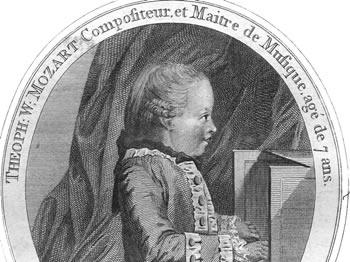

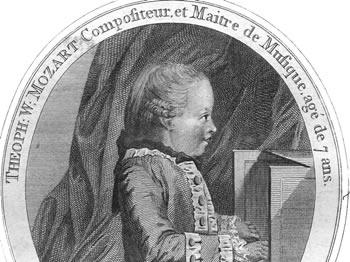
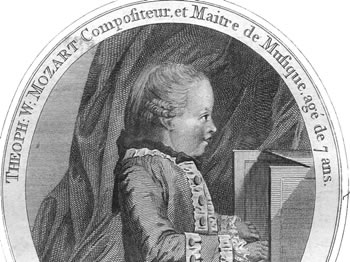
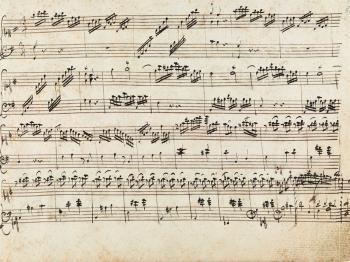
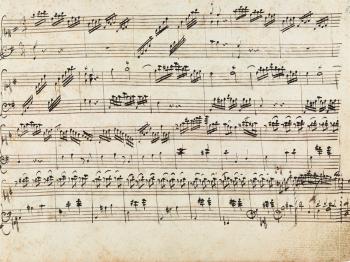
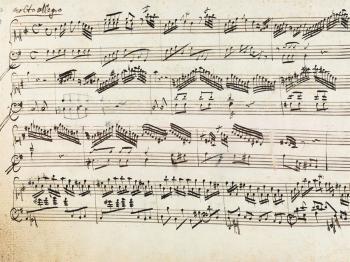
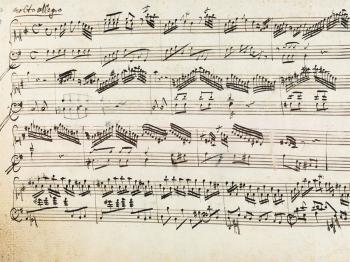


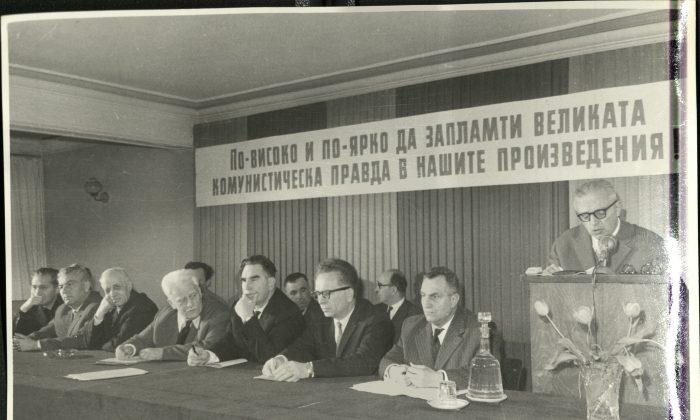
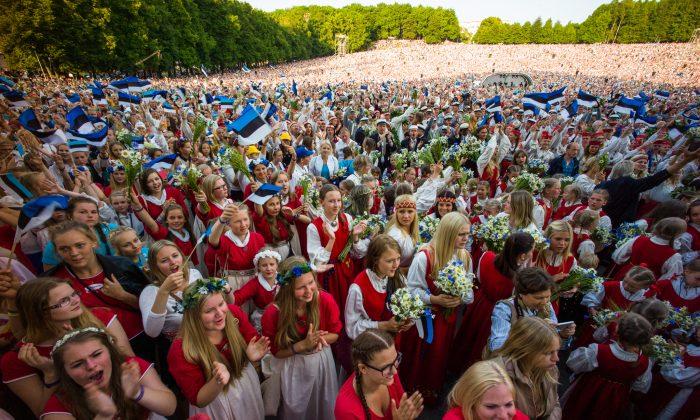
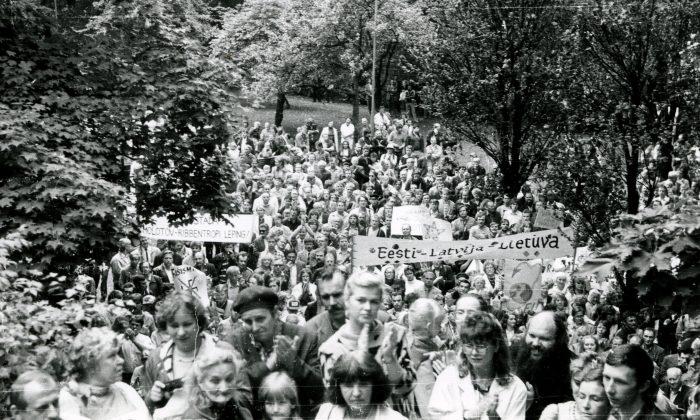
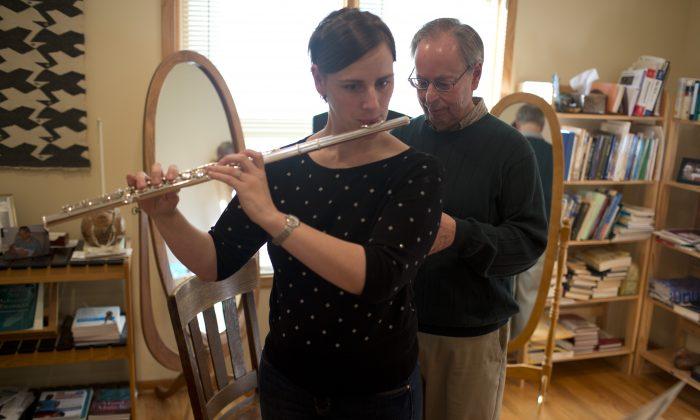
Friends Read Free